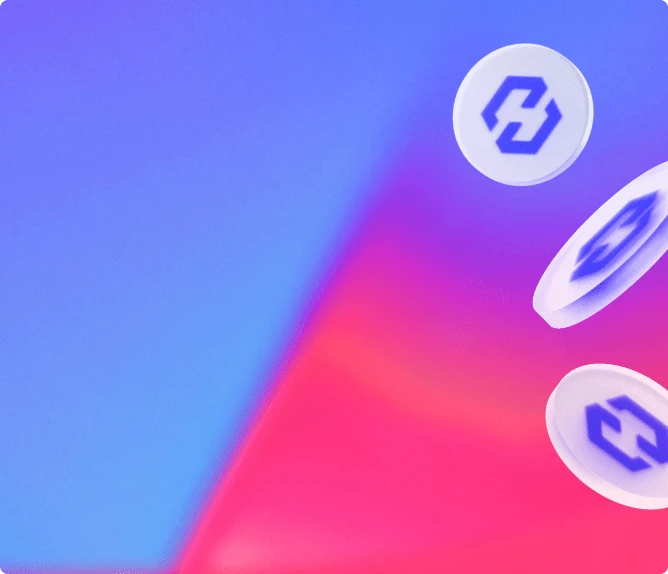Investing in crypto-assets carries risks of liquidity, volatility, and partial or total capital loss. Crypto-assets held are not covered by deposit and securities guarantee mechanisms.


Sign up for our newsletter
Partners
Coinhouse
Our accounts
Coinhouse
Coinhouse SAS with a capital of €210,000, RCS Paris 815 254 545, headquarters: 14 Avenue de l'Opéra 75001 Paris – support@coinhouse.com. Registered with the AMF for activities related to the purchase/sale of digital assets against legal tender, the exchange of digital assets for other digital assets, and the custody of digital assets for third parties under the registration number: E2020-001.
Coinhouse payment solutions
Company registered with the Paris RCS under the number 914 384 557, registered with the Prudential Control and Resolution Authority as a payment service agent under the number 727503 of the electronic money institution Treezor, headquartered at 33 Avenue de Wagram, 75017 Paris.
General conditions, disclaimers and legal documents.



EOS is a blockchain platform designed for the development of large-scale decentralized applications (dApps).
Launched in 2018 by Block.one, it stands out for its ability to offer fast transactions, at no cost to users, and a highly scalable architecture.
Thanks to its DPoS(Delegated Proof of Stake) consensus model, EOS enables efficient decentralized governance, where token holders actively participate in network decisions.
This crypto-currency is an ideal solution for developers looking to create high-performance, scalable dApps.
EOS was launched in 2018 by Block.one, a company co-founded by Brendan Blumer and Daniel Larimer.
Daniel Larimer, also known for creating Steemit and BitShares, is the lead architect of EOS technology.
The project attracted attention for achieving a record ICO, raising over $4 billion in one year.
EOS was designed to overcome the limitations of early blockchains like Bitcoin and Ethereum, focusing on scalability, flexibility and decentralized governance.
The team behind EOS continues to play a key role in the evolution of the platform, aiming to transform the development of decentralized applications through high-performance, innovative technology.
EOS operates using a consensus mechanism called Delegated Proof of Stake (DPoS).
In this system, EOS token holders elect a number of “block producers” responsible for validating transactions and maintaining network security.
This enables EOS to process thousands of transactions per second, while being more energy-efficient than systems based on Proof of Work (PoW).
EOS stands out for its flexibility, enabling developers to create dApps without having to worry about transaction costs, as these are taken care of by the network via a resource model based on RAM, CPU and NET usage.
Developers can also upgrade their applications without forking the blockchain, thanks to EOS’s modular structure.
EOS offers a high-performance, scalable infrastructure for the development and execution of complex dApps, while simplifying resource and cost management for users and developers.
EOS tokens are essential to the operation of the EOS ecosystem.
They enable users to access the resources needed to run decentralized applications (dApps) on the network, such as CPU, RAM and NET.
EOS token holders also participate in the governance of the network by voting to elect block producers, thus influencing decisions on the evolution of the blockchain.
In addition, EOS tokens can be staked (see staking) to earn rewards, contributing to the security and development of the network.
EOS is a promising cryptocurrency designed to facilitate the development of decentralized applications (dApps) thanks to a scalable and fast blockchain infrastructure.
Its ability to process a large number of transactions per second at no cost to users makes it an attractive option for developers and businesses looking to exploit blockchain technology.
However, as with any crypto-currency, EOS carries risks associated with market volatility and evolving technological adoption.
Share the article


Download app